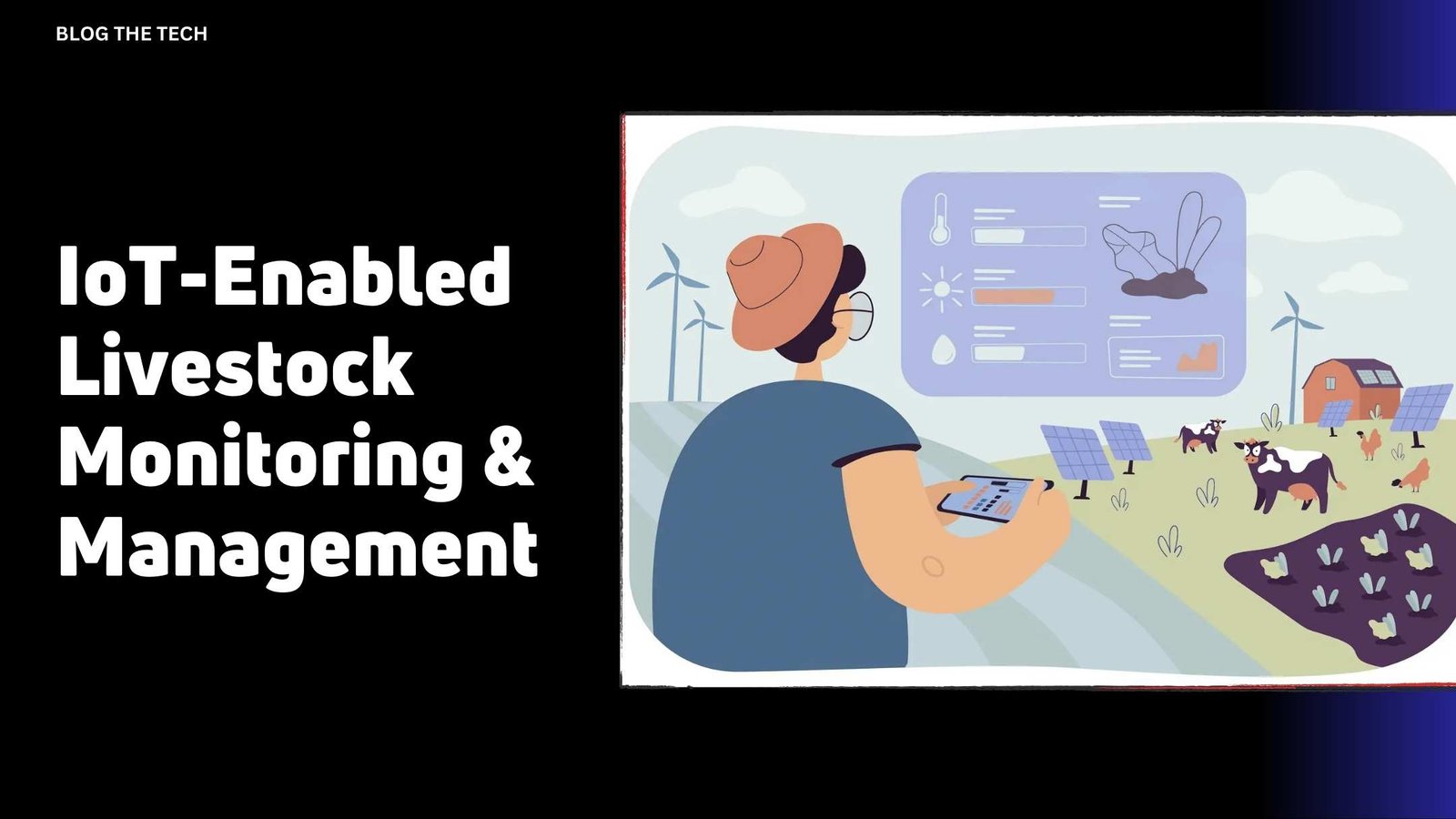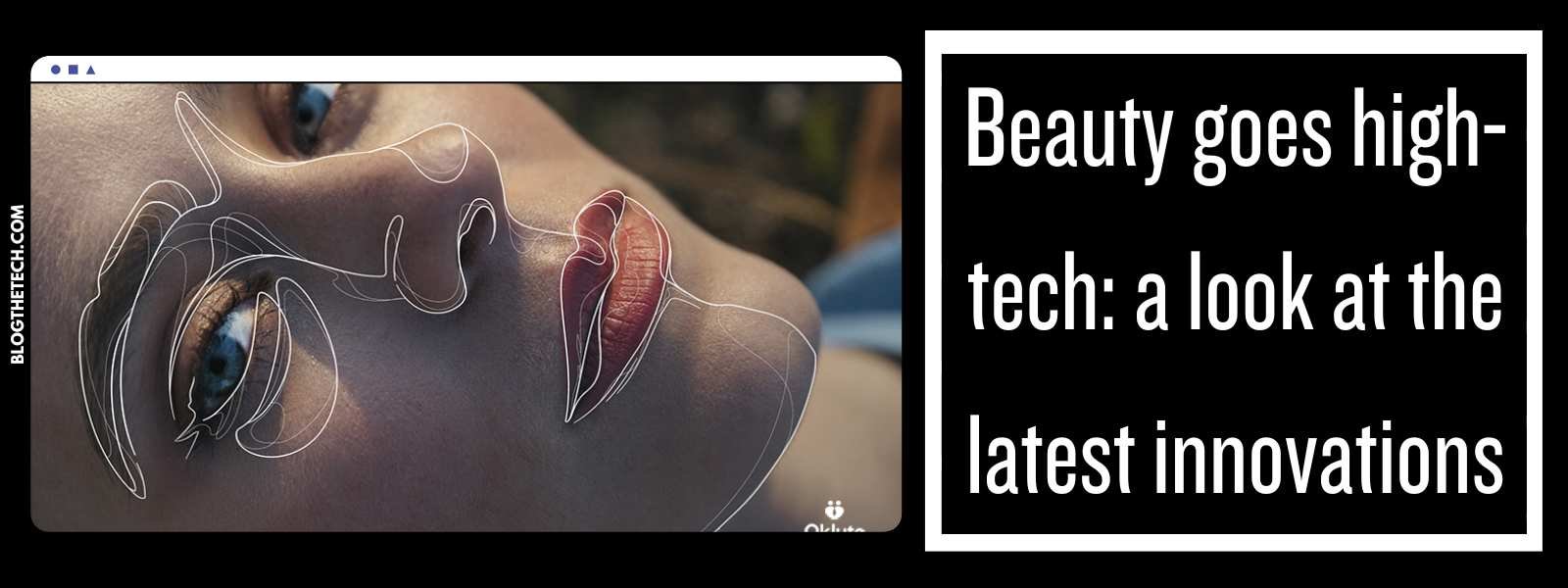Precision livestock monitoring, also referred to as livestock management, uses IoT-enabled devices to track and monitor the health of livestock, most frequently cattle.
Individually examining livestock for indications of illness or damage is a traditional method of livestock monitoring. Both expensive and very unreliable, this approach. In a trial at the Meat Animal Research Center, 68 percent of steers tested showed signs of previous respiratory infection, and an Oklahoma University study found lung lesions and scarring in 37% of cattle who had never been diagnosed as ill.
Even though the animals had self-healed, studies have shown that once livestock become ill, they never recover to the health or worth of the rest of the healthy herd.
How IoT-enabled Livestock Management Works
The uncertainty surrounding herd health is eliminated by IoT-enabled livestock management solutions. Battery-powered sensors and gateways track an animal’s location, temperature, blood pressure, and heart rate and wirelessly transmit the information to farmers’ devices in almost real-time using a wearable collar or tag.
As a result, farmers can remotely check on the wellbeing and whereabouts of every animal in their herd and get alerts if anything deviates from the usual range. They are able to identify which livestock is afflicted and which is not without physically checking each animal’s vital signs to determine whether an illness has spread.
In addition to monitoring health, livestock monitoring systems can also collect and store historical data on preferred grazing locations using GPS tracking or monitor temperature to pinpoint the height of mating season.

Challenge of the Livestock Sector: Lack of Cellphone Coverage
The majority of lands are located in rural areas without cellphone service, so traditional livestock management using cellular IoT devices has historically relied on conventional cellular connectivity. The high cost of purchase and maintenance has made smart livestock management inaccessible to the majority of farmers worldwide, even though they could consider using the proprietary network offered by the legacy satellite carrier.
This is how Dusuniot and Streamline are doing it: 4G/5G Cellular LTE Gateways to improve livestock management in rural areas.
Meanwhile, LoRaWAN technology networks can be used to monitor defined variables. It entails setting up sensors, gateways, networks, and mobile apps for data transferring data. With the network, you can collect information on location, health monitoring, animal health, and breeding.
All you need is to install sensors on the animal, usually as ear tags, and collars. Data signals are then sent in real-time to the LoRaWAN gateways for onward transmission to the cloud. Finally, the farmer can access all the information on a mobile phone-based application.

Key Benefits of IoT-Enabled Livestock Management
- Real-time monitoring of livestock vitality and health enables farmers to give animals prompt medical attention and stop the spread of illness.
- For loss prevention and grazing pattern identification, track grazing animals.
- For the purpose of detecting health trends in cattle or monitoring the spread of disease, collect and analyze historical data.
- For the purpose of preventing the loss of new calves and improving breeding practices, keep an eye on animals’ readiness to mate or give birth.
IoT Livestock Location Tracking
With small and comfortable collar-worn IoT tracking devices, you can keep track of the precise location of your herd, flock, or gaggle from the convenience of your smartphone. IoT asset trackers sound the alarm when animals escape their (virtual) enclosure because they provide long-lasting power autonomy, precise positioning performance, and full two-way communication with the cloud.
Livestock Behavior Monitoring
Using sensor-equipped IoT tracking solutions, take livestock management to the next level by spotting early indications of damage and other health-related issues. To gain a completely new level of understanding into the health, happiness, and reproductive stage of each individual animal on your farm, monitor the location, health parameters like temperature and heart rate, behavioral patterns like lying, feeding, and walking, and social behavior.
Fenceless Farming
Replace your electric fences with virtually geofenced enclosures to streamline the management of grazing. Fenceless farming solutions enable you to automatically steer your herd to the tastiest pastures and away from hazardous or off-limit exclusion zones using a variety of cues, from vibrations to sounds to electric shocks. These solutions combine satellite-based positioning, low power wide area cellular communication, and cloud connectivity.
Conclusion
Producers can get a never-before-seen view of their animals’ health, happiness, and productivity by utilizing the power of IoT technology, which enables them to make more precise decisions about how to feed their herds for the highest yields. IoT technology, which has wireless sensors and real-time tracking capabilities, promises improved animal health and greater accuracy for farmers as they start their journey toward transformational monitoring.
Additionally, IoT is transforming livestock management by delivering actionable data that enables operations to run more smoothly and eliminates workflow bottlenecks. It’s evident that using IoT for livestock monitoring has evolved into a next-level solution with exciting possibilities—all within your reach! This includes current information about herd behavior and crucial notifications about important events.





